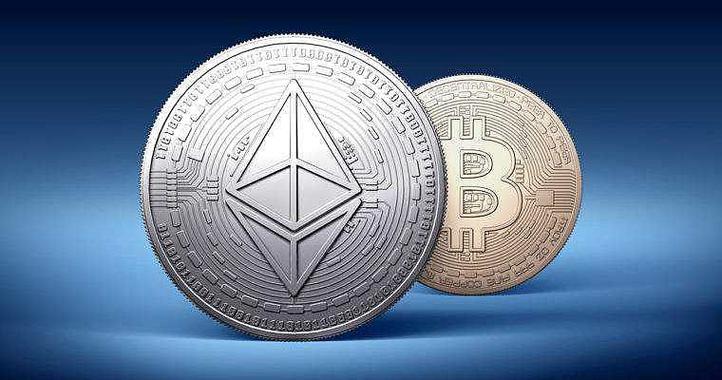
Understanding the Cost to Transfer 1 ETH: A Comprehensive Guide
Transferring Ethereum (ETH) from one wallet to another is a fundamental aspect of using the blockchain. However, the cost associated with this transaction can vary significantly. In this article, we delve into the various factors that influence the cost to transfer 1 ETH, providing you with a detailed understanding of the process.
Transaction Fees and Gas Prices
The primary factor affecting the cost of transferring 1 ETH is the transaction fee, often referred to as “gas.” Gas is a measure of the computational work required to process a transaction on the Ethereum network. It is denoted in “gas units” and is paid in ETH.

Gas prices are determined by supply and demand. When the network is busy, gas prices tend to rise, and vice versa. To understand this better, let’s look at a table that compares average gas prices over a month:
| Date | Lowest Gas Price (Gwei) | Highest Gas Price (Gwei) |
|---|---|---|
| January 1st | 5 | 20 |
| January 15th | 10 | 30 |
| January 31st | 15 | 40 |
As you can see, gas prices can fluctuate significantly within a short period. To calculate the cost of transferring 1 ETH, you need to multiply the gas price by the amount of gas required for the transaction.
Gas Limit and Gas Price
The gas limit is the maximum amount of gas that a transaction is allowed to consume. It is set by the sender and can vary depending on the complexity of the transaction. A higher gas limit means a higher cost, as the network will allocate more resources to process the transaction.
When setting the gas limit, it’s essential to consider the following:

-
Simple transactions, such as sending ETH, typically require a gas limit of 21,000 gas.
-
Complex transactions, such as deploying a smart contract, may require a higher gas limit.
It’s crucial to set an appropriate gas limit to avoid overpaying for the transaction. If the gas limit is too low, the transaction may fail, and you will lose the gas fee.
Network Congestion
Network congestion is another factor that can significantly impact the cost of transferring 1 ETH. When the network is busy, transaction times increase, and gas prices rise. This is because there are more transactions competing for limited network resources.
During periods of high network congestion, you may need to pay a higher gas price to ensure your transaction gets processed quickly. To avoid paying exorbitant fees, consider the following tips:
-
Monitor the network congestion level and adjust your gas price accordingly.
-
Perform transactions during off-peak hours, such as early morning or late at night.
Exchanges and Wallets
The cost of transferring 1 ETH can also vary depending on the platform you use. Exchanges and wallets may charge additional fees for processing transactions, which can be factored into the overall cost.
When choosing a platform, consider the following factors:
-
Fees: Some platforms charge a flat fee, while others charge a percentage of the transaction amount.
-
Security: Ensure the platform has robust security measures to protect your assets.
-
Usability: Choose a platform that is user-friendly and easy to navigate.
Conclusion
Understanding the cost to transfer 1 ETH involves considering various factors, including gas prices, gas limit, network congestion, and platform fees. By staying informed and making informed decisions, you can minimize the cost of transferring ETH and ensure a smooth transaction experience.





